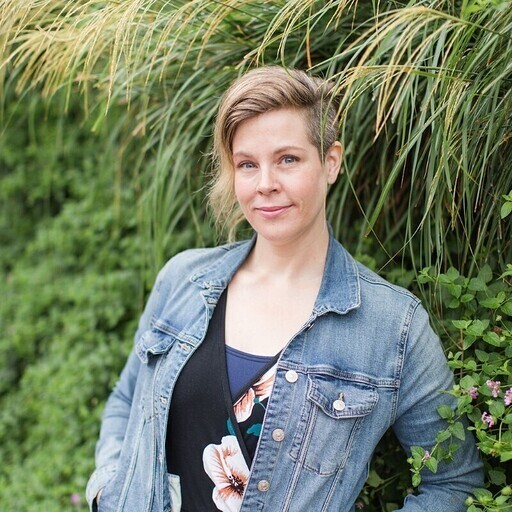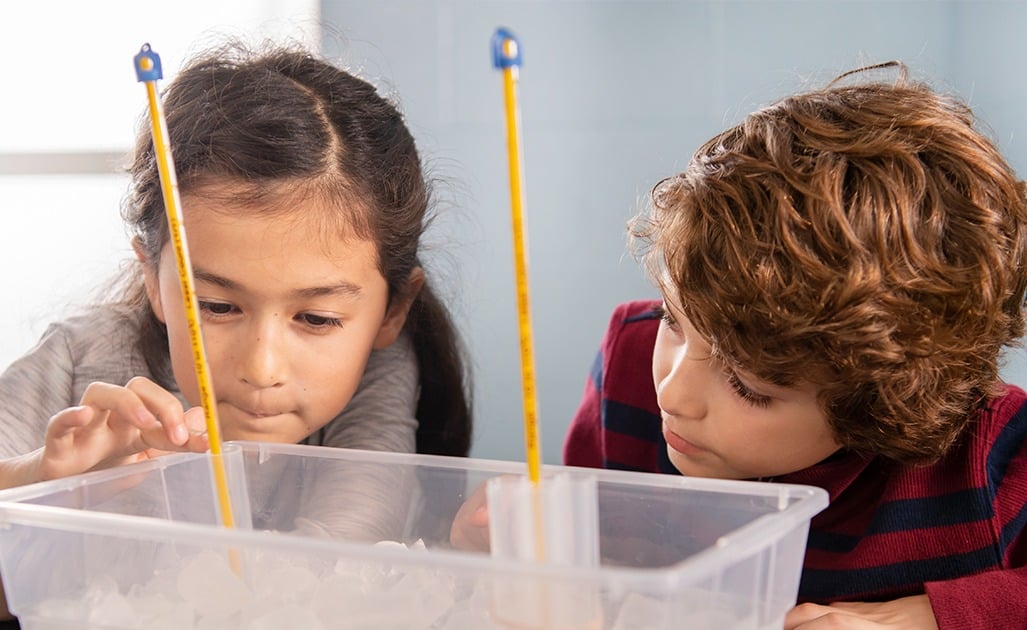Posted in: Aha! Blog > Great Minds Texas | Blog > Science Instructional Support > Best Practices for Developing Community in a Student-Driven Classroom
Introduction
Consider the last time you were the “new kid” in a group setting. Perhaps you decided to try a new class at the gym or finally signed up for that watercolor class. Can you recall how you felt before you joined the group? Were you excited to try something new and curious about what you might learn? Maybe you experienced a variety of sensations and emotions. This mix of emotions is what every student feels in the days before school starts.
Every year a new group of students walks into your classroom, taking in all the decorations you placed around the room, finding their seats, checking to see if they are near a friend, and wondering what their days are going to be like with a new teacher and a new group of peers. Even though this scene plays out in countless classrooms across the country, the culture of your classroom with this group of students is bound to be unique and never to be exactly replicated. Though you can’t predict the mix of personalities that will comprise your classroom roster, there are steps you can take to ensure that everyone feels safe in your room and knows that their voice is important, which are critical components of a successful student-led classroom.
Why Build Community?
A community is a supportive social group in which its members share common interests or goals and feel as though they belong. In a learning community, both students and teachers engage in collective inquiry and provide each other with academic and social support. However, these spaces are not created spontaneously. Community building in the classroom requires deliberate practices implemented by the teacher as well as a commitment from both teachers and students to the shared learning goals. These deliberate practices include frequent collaboration and social interaction as a means to make learning happen.
Building community is an essential component of developing a student-driven classroom. When students feel as though they belong in their school and that they matter to each other, they can share in the dialogue and reflection that are crucial to knowledge building and take greater ownership and responsibility for their own learning. So, what are the best ways to build community in your classroom?
Building Community in Your Classroom
Begin by establishing the expectations for participating in whole class activities, which can include taking turns to speak, actively listening to others, and not engaging in other tasks while those whole class activities are occurring. The best time to establish these expectations is when you are building your classroom’s norms with your students. If you have already established those norms with your students, the second-best time is right now. Whenever you are establishing these social agreements with your students, it is critical that you allow them to have a voice in these discussions and actively use at least some, if not all, of their suggestions.
Speaking of letting students share in the development of the social agreements in your classroom, the mere act of allowing students to play a real part in the decision-making process will take you a long way toward developing the classroom culture that you want to build. When students feel as though they are being heard and can play an active role in making decisions, their investment in the classroom skyrockets. When you consider that PhD Science is a student-driven curriculum where students are asked to not only share their ideas but also to work collaboratively to develop anchor visuals and sometimes even investigation criteria, this practice will not only build your classroom culture but will also create a strong foundation for effective student-led learning.
Once you have established the criteria for classroom participation, the next step in developing a positive classroom culture is to make your goals clear. By sharing the Focus Questions of each Concept with your students and telling them that every student should be able to answer those questions before the Conceptual Checkpoint, your students can begin to create a roadmap in their heads that will help them reach these goals. Consider asking your students why it is important for them to be able to answer those Focus Questions and allow time for discussion to occur.
A Strong Community Allows for Disagreements and Productive Struggle
Discussion can and should lead to disagreements, as being able to clearly support a viewpoint by using evidence and reasoning is a critical science and engineering practice. However, the idea of dissenting viewpoints can be scary, and knowing how to support your students as they learn how to disagree with ideas and not with people may feel like a daunting task. The Collaborative Conversation Prompts on page 56 of our Implementation Guide can provide your students with the vocabulary they need for productive academic discussions. It's important for all students to practice exploring ideas through discussion, but this requires students to take the leap and share their ideas. Your encouragement of all students who take these first steps will go a long way in making the whole class more comfortable sharing and discussing their ideas. These action items can help your students develop the skills that they need to be successful communicators.
In addition to teaching students how to navigate disagreements during discussion, another crucial component of a student-driven classroom is the presence of productive struggle. Productive struggle happens when students persevere in explaining a phenomenon or finding a solution to a problem. It can be tempting to jump in and help, but this is a great opportunity for your students to not only develop confidence in their own problem-solving skills but also them to practice collaborating with their peers, which is another hallmark of a student-driven classroom.
Community Building Promotes Collaboration at School and at Home
Now that we have discussed some of the more difficult aspects of building a community where students feel safe and willing to take risks, let’s explore some of the easier ways to support your students on their journey of exploration. Some of your students might not have experienced a student-driven classroom before and might not have the skills to work collaboratively with their peers. To support all students, consider using roles during group work to provide students with discrete tasks, allowing each person to have a purpose in the group. You might also introduce metacognitive strategies where you ask your students to reflect on how well their group worked and have them share with their group what went well and what could be improved for the next time.
Finally, allow your classroom culture to extend outside of the classroom and into your students’ homes by involving their families. If your community has established norms, consider sending a copy home for families to view and discuss, along with suggestions for ways that families can support your classroom norms at home. One way that families can support the positive classroom culture that you are building with your students is through the use of our Family Tip Sheets found in the. Each module contains a Family Tip Sheet, a great resource that informs families of what is happening during science instruction in the classroom and provides suggestions for extension activities that families can do together to continue learning about a module’s concepts.
Closing
While the practices shared above will help you create a classroom culture that is conducive to student-driven learning, it is also important to remember that it takes time. But with the right scaffolds in place, you can find a way to reach all students in the science classroom.
When you create a classroom culture that is conducive to academic discussion that can include disagreements, and you place students in the driver’s seat by using anchor visuals and engaging in collaborative decision-making, you are creating an environment where students have the room to grow and explore. Ultimately, you are giving students the gift of curiosity, which they can apply in every area of their lives at every stage.
External Resource:
Learn More

Sara Fox
Topics: Science Instructional Support



.png?width=111&height=100&name=TEXAS-Phd_LOGO_58C76Y_purple_tpt%20(13).png)



.jpg?width=430&name=PhD%20Science%20(1).jpg)




.jpg?width=430&name=EurekaMath%20(1).jpg)
.jpg?width=430&name=WitWisdom%20(1).jpg)

